

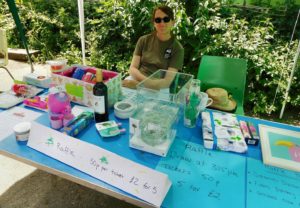
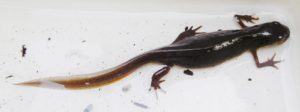
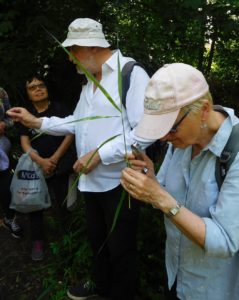
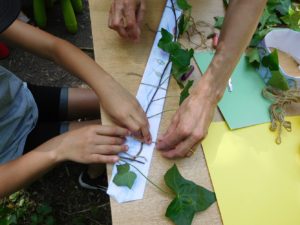










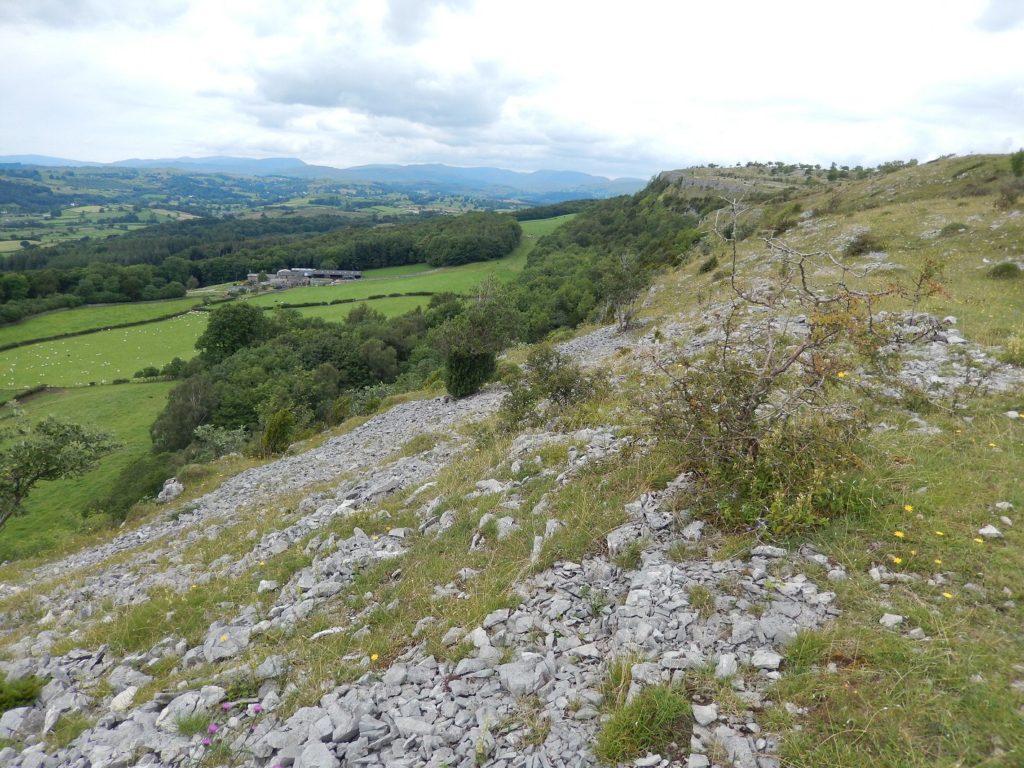









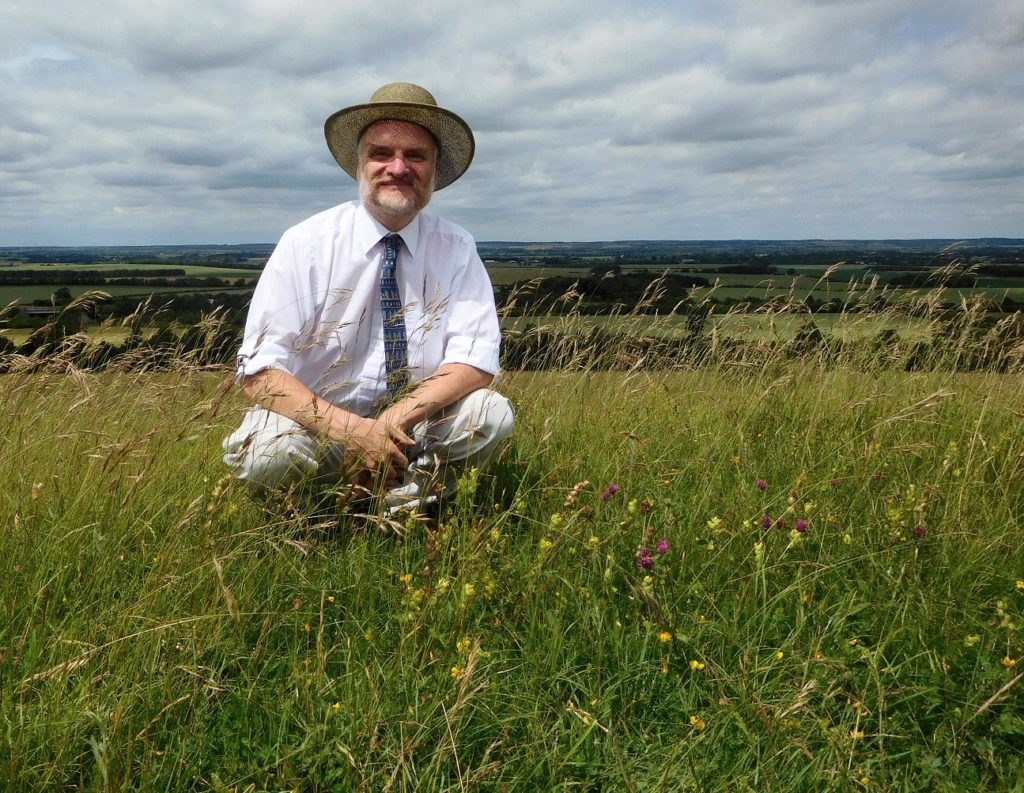
Much of East Anglia is flat, and very low-lying, indeed parts of the Fens are basically at sea level. But there are some hills, and even a Chalk escarpment. It’s pretty low, but still affords a fine view northwards across the plains. The nearly complete “failure of a major escarpment” is the result of the Ice Ages – the ice sheet, maybe a mile thick, ground interminably over the hills and plains, reducing most of the chalk to rock flour with flints, creating the sticky Boulder Clay that carpets much of eastern England. But at Royston, a delightful range of low hills survives, and has somehow survived the plough and the developers.

The grass of Therfield Heath (Royston Hill) is thinned by the parasitic Yellow Rattle (Orobanchaceae, the Broomrape family of parasitic plants): it helpfully weakens the grass, allowing in many other flowers, so it’s a bit of a Keystone Species, one on which the health of the ecosystem depends.

The plants let in by the weakening of the grass include a colourful and increasingly rare assemblage, which includes Kidney Vetch, Birdsfoot Trefoil, Rockrose, Thyme, Wild Mignonette and many others.

The flowers in turn support butterflies including Marbled White, Meadow Brown, and Small Heath. Half-a-dozen Skylarks were singing all around; one got up pretty close to us for a brief song-flight, quickly followed by several of his neighbours. A Swift dashed overhead. All these once-familiar and widespread species are becoming rather special, a measure of the ecological disaster that has spread not just across England but across Europe and, really, the whole world.






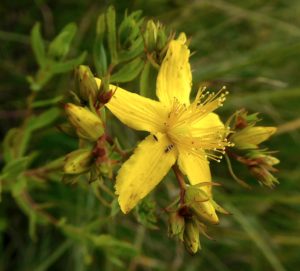
It’s interesting to see a pattern in the distribution of plants. I last saw Dropwort on Helsington Barrows, a limestone hill at the southern edge of the Lake District (not a place with much limestone, given the area’s ancient volcanic rocks and slates). Here it’s on a very different form of limestone, chalk, but if the soil is alkaline and supports open grassland, that’s fine with Dropwort. It’s a plant with a beautiful foamy white cluster of flowers on a rather isolated stalk rising from the grassland. The attractive foaminess is reminiscent of Meadowsweet, Filipendula ulmaria, and indeed Dropwort is in the same genus: it’s Filipendula vulgaris, though it could hardly be called common these days.


Netty had a successful night with the moth trap.

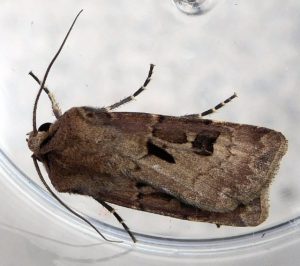









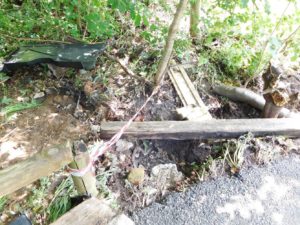













What’s the best way to tell a lie? Mix it with a bit of truth.
In my previous post, I mentioned the creeping threat of development to nationally important places for nature like Lodge Hill.
On one side, is some target for new homes; on the other, irreplaceable resources for education, scientific study, recreation, and last but not least, some very special species and some increasingly rare habitat.
Michael Gove wants to put into law the idea that every bit of nature has a price (“natural capital”). That means that anything can be destroyed, just by putting together some swift and specious spreadsheet that indicates some “mitigation”, as if you could mitigate the loss of Britain’s nightingales by digging a pond and planting a couple of trees in a housing estate somewhere: if the pond is worth £1000 and the trees £100 each, then they mitigate the loss of 12 nightingales at £100 each.
The hell they do, it’s utter nonsense, and dangerous too.
For the spreadsheet-minded, consider this: each thing is an independent variable – how many swallowtail butterflies are there? How many lizard orchids? How many primroses? How many wildcats? Oh, but you’d like to add them all together to get one number? Well, you can’t, they don’t fit on one axis of a graph: each species, each landscape, each ecosystem is a separate thing, and its loss is a disaster, pure and simple. You can’t add apples and oranges, or chalk and cheese. Giving each one a “value” and then discounting it and fiddling about with a spreadsheet is just dishonesty masquerading as caring.
And another thing: saying look, here’s a bit of heritage, a nice National Trust country house with a gracious park: that’s another form of the same disaster. Because, now you’ve got a bit of Heritage, yeah. So you can trash the towns and countryside and villages for miles around the Heritage, because you’ve Done Your Bit, you’ve Conserved your Heritage, it’s All Right to trash everything else because your spreadsheet shows that you’ve mitigated the loss with your bit of conservation. The hell you have, it’s smoke and mirrors. Trashing a thousand-year-old landscape and townscape is wickedness and folly: once you’ve done that, it’s gone for ever, and what will your spreadsheet get in return? A tick in a box, instantly to be forgotten.
And what do we, the public get? Cheated. Lied to. We and all future generations deprived of contact with nature, beauty, wildness, life.
And you say that’s ok because you mitigated it by landscaping the new housing estate. You’re a liar, and you know it.
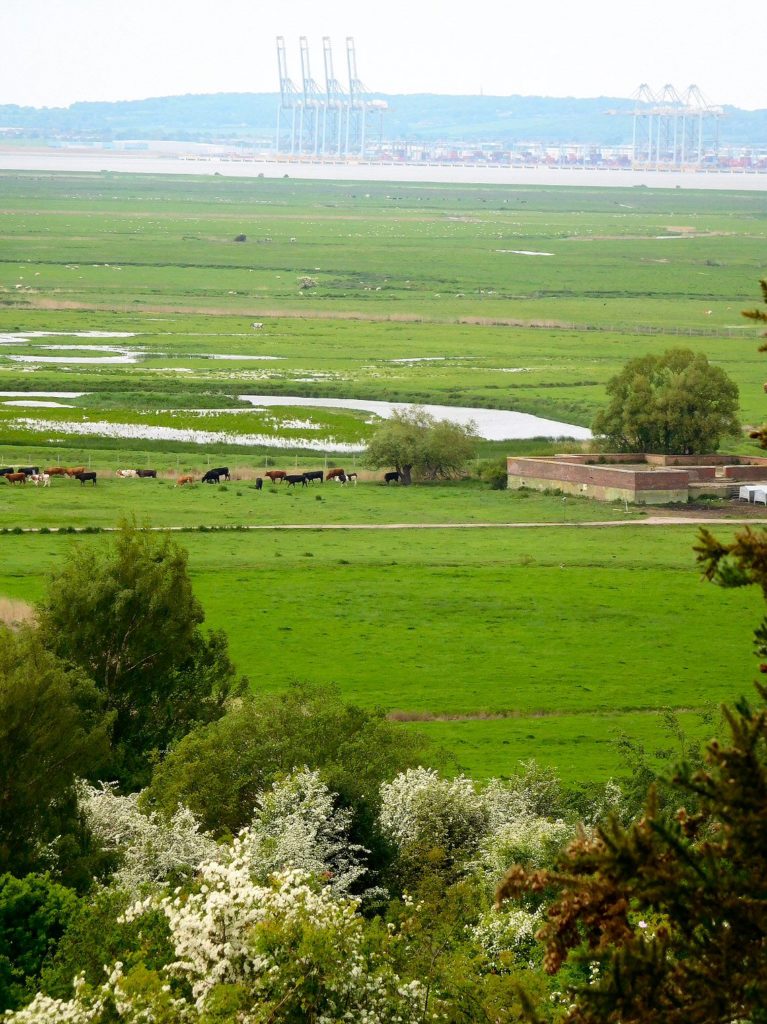
Well there are some things one just has to do, even if it means braving the traffic. Nightingales, once common all over the south of England, can now only be heard in a few special places, and Northward Hill is one of them. There are some others in the southeast, like Lodge Hill, and guess what, they want to build houses all over it. Better go and enjoy the birdsong while it lasts.

I was greeted by the song of blackbird, chaffinch, robin, song thrush, and wren as I walked in. A few ‘whites’ – large white, orange tip, green-veined white – skittered about as I reached the attractively rough scrub of hawthorn in full May blossom, blackthorn, wild pear, wild plum, and wild cherry, topped by the occasional whitethroat singing away scratchily.
Into the woods, with a handsome old cherry orchard on the right. Some of the oaks were straight out of Lord of the Rings, splendidly gnarled, knobbly, with massive trunks and holes to hide a good few goblins in.

And yes, sure enough, a nightingale obliged by singing its hesitant but amazingly rich and varied song from the thick cover. A little further, another; and a cuckoo kindly sang its unmistakable song from an oak almost in front of me, then with a ‘gok’ call flew, sparrowhawk-like, from the tree, a special sight.
Down to the hide overlooking the pool in the top photo; I wasn’t expecting more than a coot and maybe a mallard, but there were breeding lapwings chasing off the crows; breeding oystercatchers, and an avocet sitting with them; and a couple of solitary little egrets, stalking and stabbing at small fish or frogs. A redshank gave its wild teuk-teuk-teuk call and flashed its wingbar briefly.

Overhead a few swallows flitted about, and three swifts raced over the marsh.
The Hoo Peninsula is still a wild, spacious, lonely place, even with the swelling villages. You can see the Shard and Canary Wharf in the distance (some 30 miles); the river with its cranes and giant ships is ever-present; but the North Kent Marshes are special, as is Northward Hill with its fine old woods, still unspoilt for birds. Go and see it while you can.